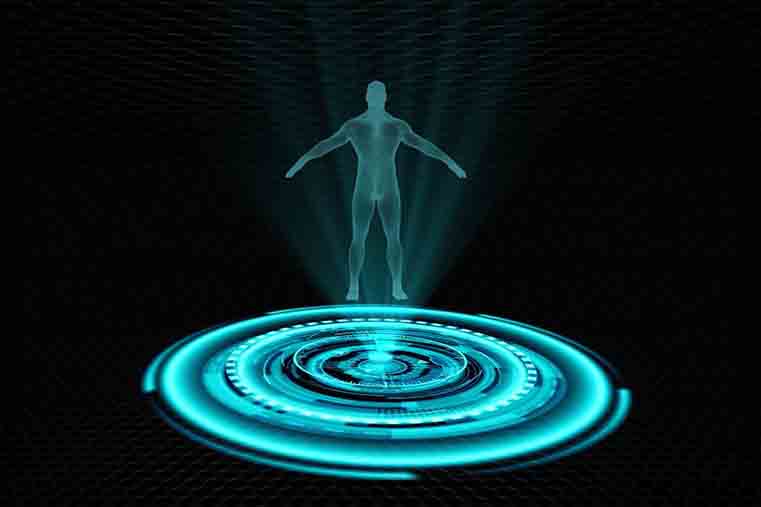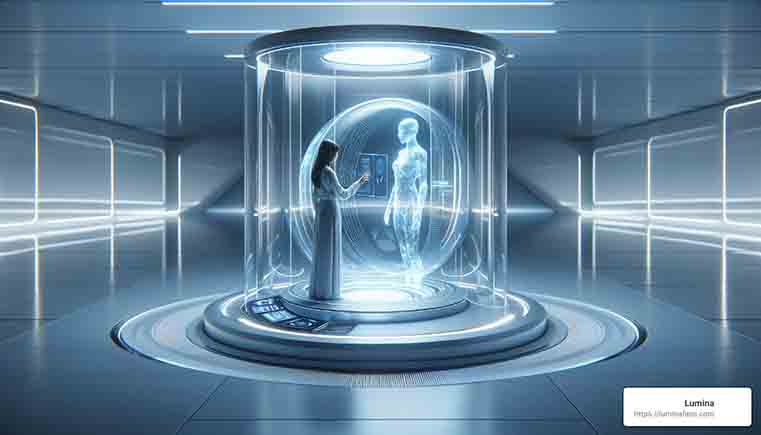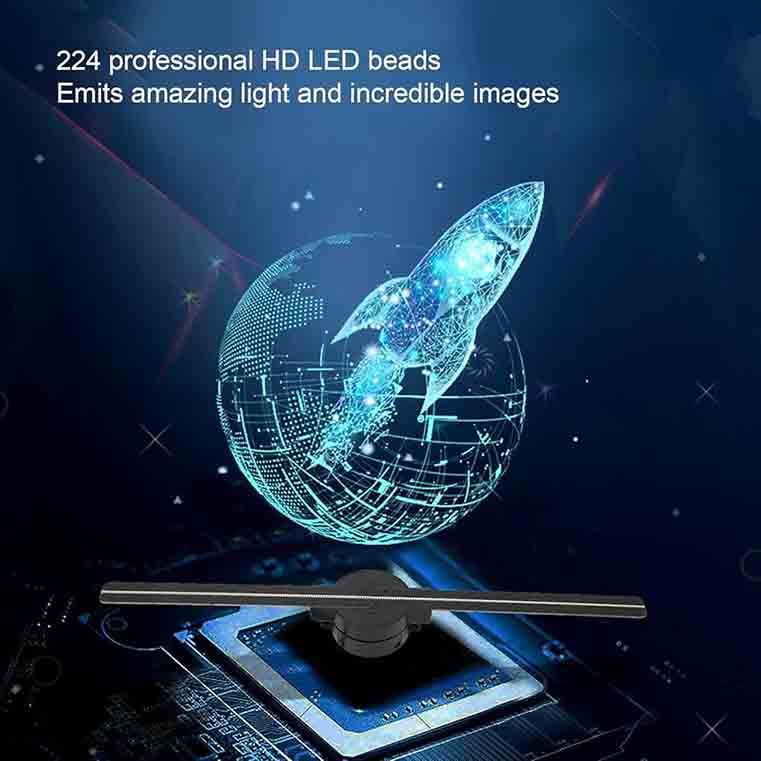Holographic Advances in Crime Investigation Bridge the Gap Between Past and Present
In a groundbreaking development, police officials in Amsterdam have introduced a unique technological approach to pursue unsolved murders. By deploying holographic projections of murder victims, investigators aim to breathe life into cold cases, re-engaging the public and eliciting vital information. These lifelike representations of the deceased serve not just as a reminder of their tragic ends but also foster an emotional connection that traditional methods often lack. As the holograms narrate their own stories and witness accounts, they bridge the chasm between past events and present investigations, providing a poignant visual aid that can ignite memories and stimulate conversations among potential witnesses.
This fusion of technology and criminology has generated significant interest among law enforcement agencies worldwide. Key advantages of this innovative approach include:
- Enhanced Empathy: The presence of a holographic victim humanizes the case and engages the community more effectively.
- Historical Context: These representations can recontextualize the victims’ lives, showcasing them as individuals rather than just statistics.
- Public Involvement: By appealing directly to the public’s emotions, authorities encourage greater participation in the investigative process.
While there remain substantial ethical considerations regarding consent and representation, the initial response to these holographic interventions has been promising, with several leads emerging from community interactions. As law enforcement embraces this cutting-edge technology, it opens up new avenues for solving crimes that have long haunted families and communities alike.
Emotional Impact: How Technology is Giving a Voice to the Voiceless
The emergence of innovative technology has catalyzed a profound shift in how marginalized voices, particularly those impacted by violence, can be heard and represented. The recent unveiling of a hologram in Amsterdam—depicting a murder victim—serves as a poignant illustration of this phenomenon. This cutting-edge representation not only sheds light on the gruesome realities of a crime but also seeks to humanize the victim, allowing their story to resonate in the hearts of onlookers and lawmakers alike. By leveraging 3D imaging and augmented reality, advocates are harnessing the emotional weight of personal narratives, transforming them into a powerful call for justice that transcends the limitations of traditional media. Advocates argue that technology can serve as a bridge between the living and the deceased, facilitating a dialogue that can spark social change. The hologram is designed to evoke empathy and provoke thought among viewers, leading them to consider the wider implications of violence and societal indifference. Features of this project include:
- A lifelike portrayal that allows audiences to see and hear the victim’s story
- Immersive experiences that draw participants into the emotional realities faced by victims’ families
- Educational outreach aimed at raising awareness about the impact of violence in society
Such initiatives not only memorialize the deceased but also demand accountability from those in power, reinforcing the idea that every victim deserves a voice in the ongoing discourse around justice and reform.
Legal Implications: The Intersection of Holography and Criminal Justice
The integration of holography within the realm of criminal justice presents profound legal ramifications, particularly in the sensitive context of murder investigations. A holographic representation of a murder victim, as seen in Amsterdam, raises critical questions about the admissibility of such evidence in court. Legal experts are grappling with the implications of using visual recreations of a victim to establish a narrative of events leading to their demise. This innovation may challenge traditional evidentiary standards, stirring debates on what constitutes reliable evidence in judicial proceedings. Key considerations include:
- Authenticity: How can the authenticity of the hologram be verified, and what protocols need to be established to ensure its integrity?
- Bias: Could the presentation of a hologram influence jury perception, potentially leading to biased judgments based on emotional responses rather than facts?
- Legal Precedent: What legal precedents exist regarding the use of digital or holographic evidence in court, and how might future rulings shape the landscape of forensic technology?
Moreover, the ethical dimensions of utilizing a deceased individual’s hologram must not be overlooked. The intersection of technology and personal tragedy poses significant moral dilemmas concerning the rights of the victim and the sensibilities of their families. As society witnesses the dawn of such technologically advanced evidence, legal frameworks are struggling to adapt. Stakeholders in the criminal justice system must engage in rigorous discussions to navigate this evolving terrain, which includes:
- Victim’s Rights: How do we ensure that the use of holograms respects the dignity and rights of the victim and their loved ones?
- Privacy Issues: What privacy concerns arise from the digital replication of a person’s likeness, particularly in cases where sensitive circumstances surround their death?
- Future Legislation: Is there a need for new regulations that specifically address the use of holographic technology in legal contexts?

Recommendations for Integrating Holographic Evidence in Future Trials
The integration of holographic evidence in courtrooms presents a groundbreaking opportunity to enhance the judicial process. By allowing jurors to interact with a 3D representation of key testimonies, the legal system can provide a more immersive understanding of events as they unfolded. To effectively incorporate this technology, legal authorities must prioritize standardization and training for legal professionals to ensure consistency in presentation and interpretation. Establishing best practices for the creation, deployment, and evaluation of holographic evidence will also be essential in preserving the integrity of the trial process.
Furthermore, a rigorous framework for admissibility standards should be established to ensure that holographic representations are both accurate and unbiased. This could include guidelines for the use of expert witnesses who can validate the authenticity of the holograms. It is also vital to engage in public and legal consultations to address any ethical concerns surrounding holographic evidence and its potential impact on jurors’ perceptions. By fostering a collaborative dialogue between technologists, legal experts, and the community, the justice system can pave the way for more transparent and effective trials that incorporate cutting-edge technology to seek truth and justice.